Today, we delve into the realm of Constructivism within the Czech Avant Garde movement. Amidst the interwar period, Czechoslovakia witnessed a flourishing of artistic endeavors, particularly evident in the realm of book cover design, layout, and typography. Artists, designers, and architects from Czechoslovakia drew inspiration from avant-garde movements across Europe, forging what they perceived as a revolutionary approach to book aesthetics.
In stark defiance of traditional bibliophile conventions, these visionaries sought to infuse avant-garde sensibilities into book design, with a primary objective of making literature accessible to the masses. Their mission transcended…
The provided excerpt offers just a glimpse into the extensive article. To unlock the full content, become a Patreon patron. Our team meticulously gathers and curates valuable information, sparing you hours, days, or even months of research elsewhere. Our goal is to streamline your access to the best of our cultural heritage. However, a portion of the content is locked behind a Patreon subscription to help sustain our operations and ensure the continued quality of over 1,200 pages of our work.
Alternatively, you can contribute through Venmo, PayPal, or by sending cash, checks, money orders. Additionally, buying Kytka’s books is another way to show your support.
Your contribution is indispensable in sustaining our efforts and allows us to continue sharing our rich cultural heritage with you. Remember, your subscriptions and donations are vital to our continued existence.



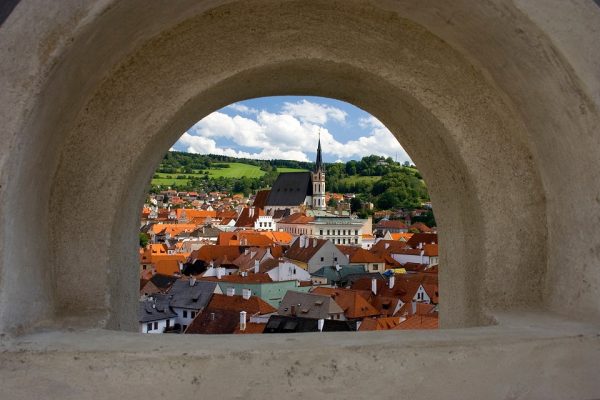



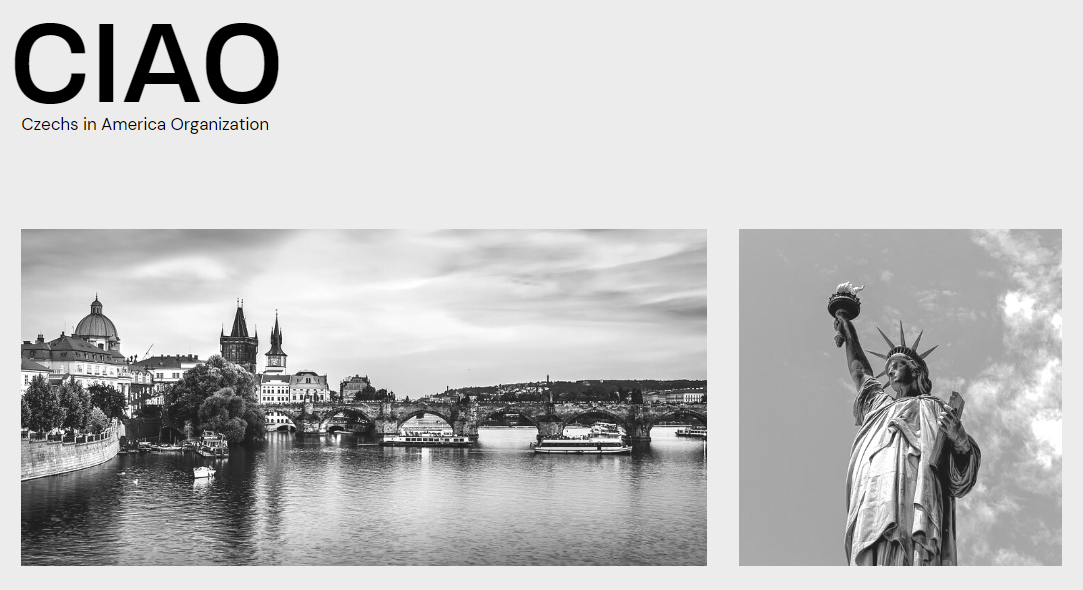

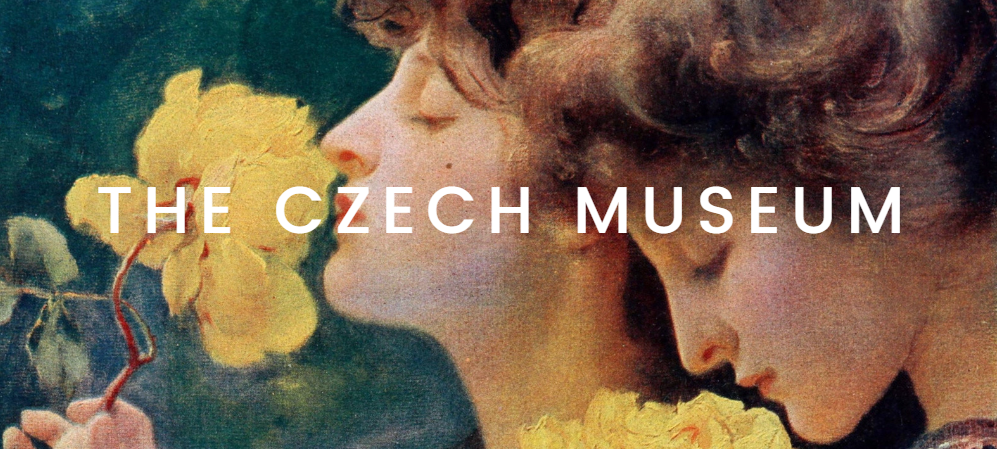


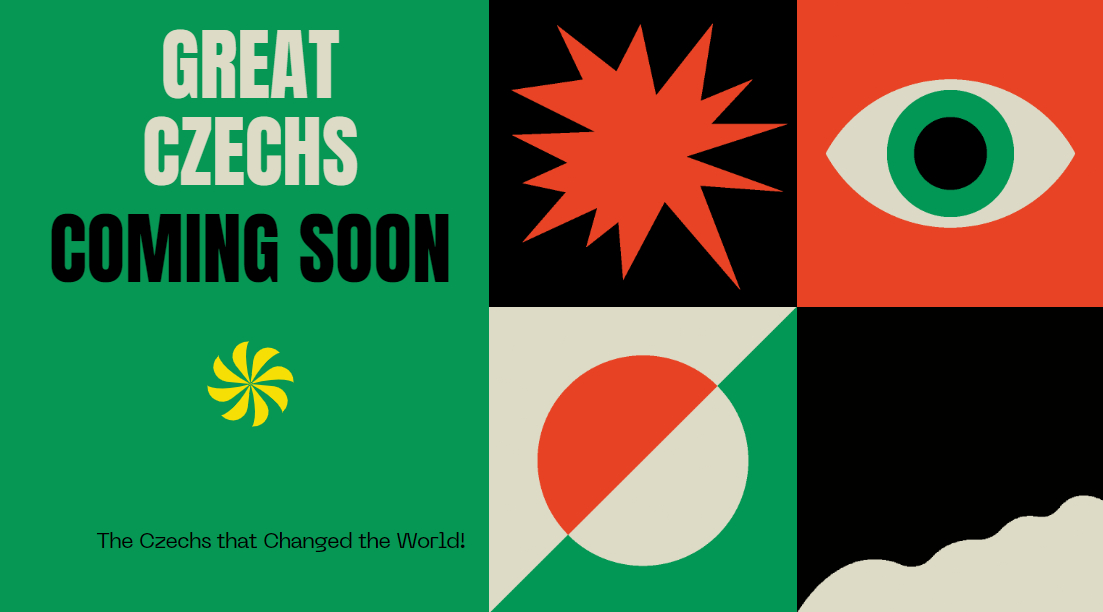





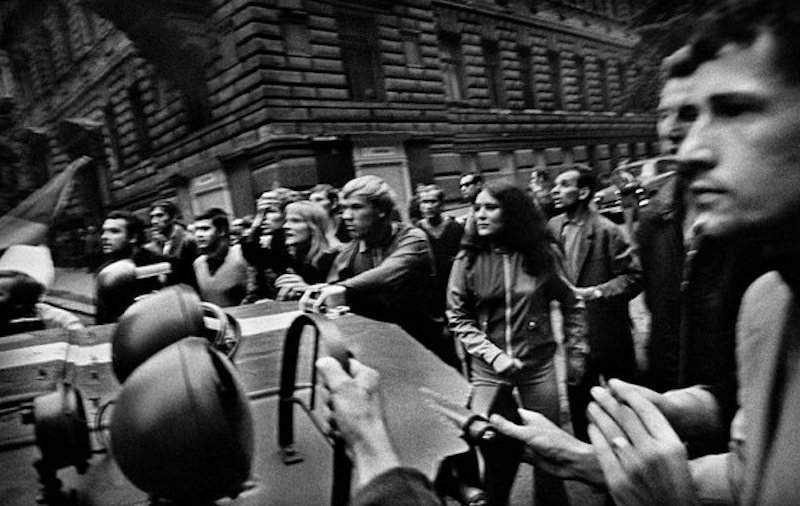
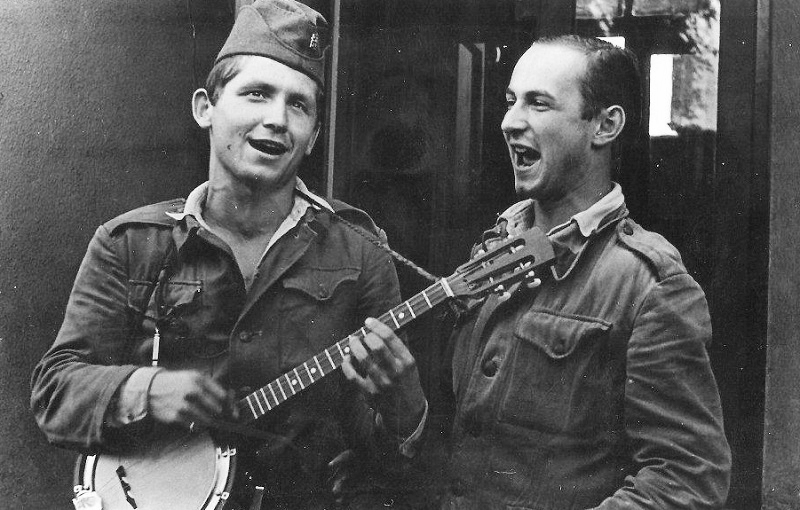
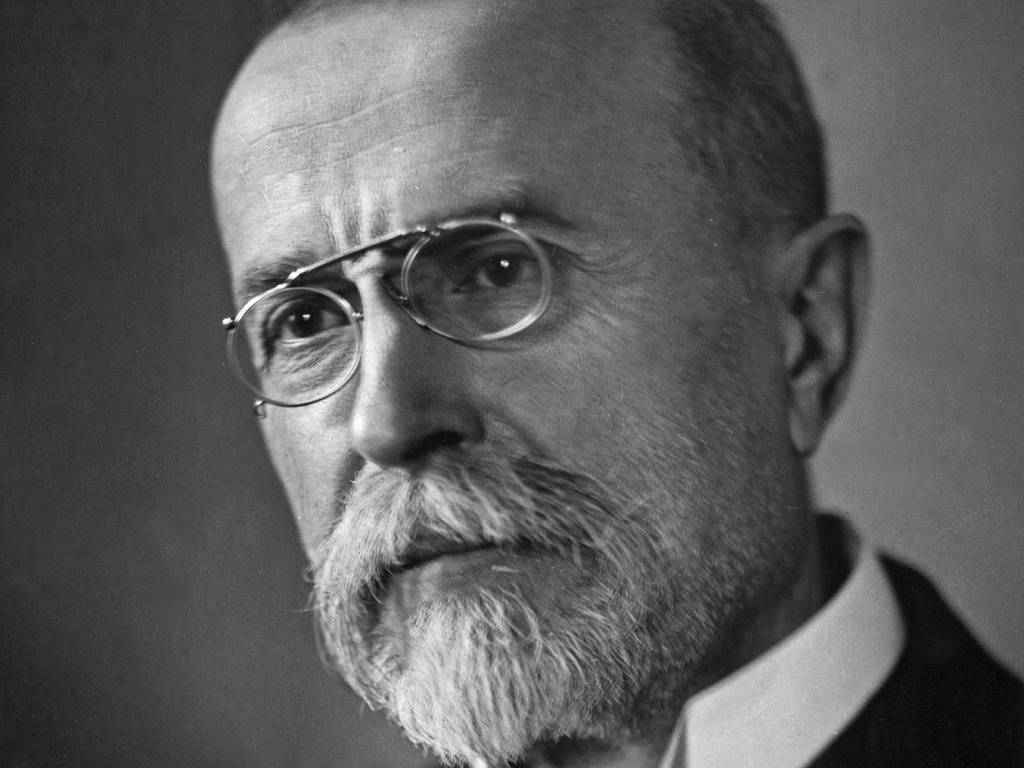
Once again, many thanks! I’m in a coffee shop you suggested in Prague right now. Cavarna Mysak and it’s lovely just as you said.
This is very cool. I am fascinated by all of this Czech art and I am a fan of the book covers. You have brought a lot of their art and culture to people who would not have otherwise found it, so that’s cool.